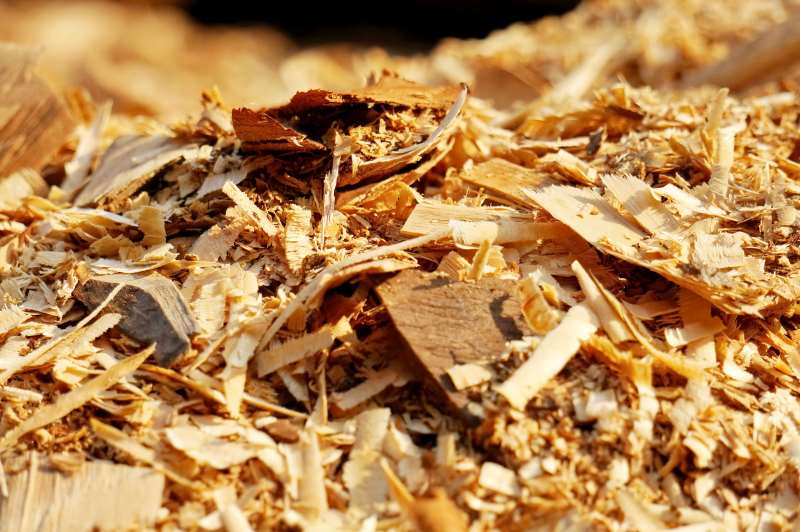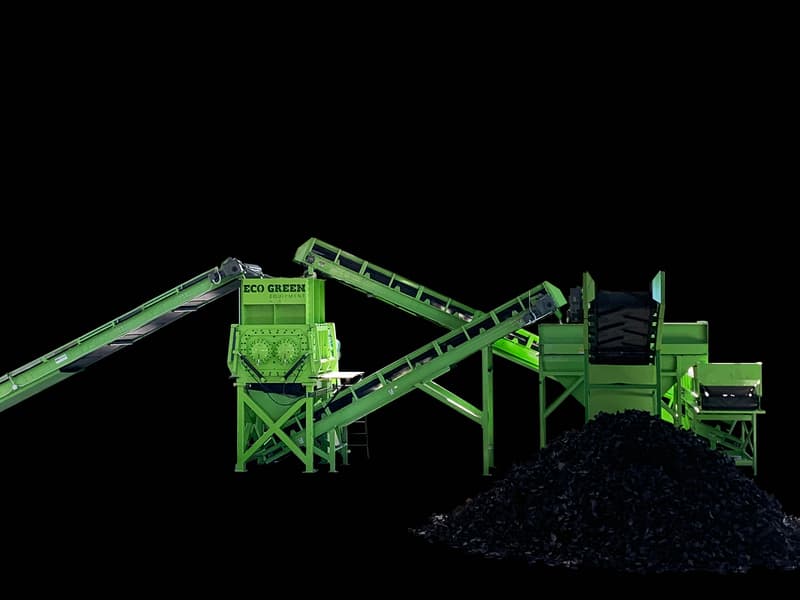The United States produces almost 300 million scrap tires annually. Disposing of these tires is notoriously difficult. For a long time, tires were dumped into landfills or burned. However, neither of these methods was particularly effective. Tire fires produce toxins, and because of how difficult they are to put out, they pose a major fire hazard. In addition, tires can take up to 2,000 years to break down in a landfill.
Within the last twenty years, an effort has been made to reduce the amount of scrap tires. Currently, there is a market for a little more than 80% of these tires. So, where do they go?
Tire Derived Fuel
Close to half of all scrap tires produced in the US are made into fuel. Tire derived fuel, or TDF, is when shredded or whole tires are used to supplement other fuel sources, such as oil or coal. This is not considered “recycling,” per say, but it is considered a beneficial use of scrap tires.
Used this way, tires produce 25% more energy than coal and produce emissions that have a lower heavy metal content than other industrial fuels. This alternative fuel is most used in the concrete, paper, and electric utilities industries.
Conversion
A little more than 30% of scrap tires are recycled and converted into something else.
Nearly 20% of these tires are used in civil engineering projects, such as subgrade fill and insulation for roads and embankments. These projects also include landfill construction, outdoor ground cover at children’s playgrounds, and drain fields. Intact tires are also used for banking marshlands, rack tracks, and boat marinas.
The remaining 10% of scrap these scrap tires are converted into products or used in rubberized asphalt.
Export
Since 2002, the amount of tires exported from the United States has skyrocketed. Currently, approximately 9 million tires are exported annually. This is almost entirely due to the demand for cheap fuel internationally. Because TDF is exponentially cheaper than its alternates, the international market for scrap tires has widened considerably.
Products
A further 6.5 million tires have the steel bead removed and then are recycled into punched, cut, or stamped products. These products include:
- Shoe soles.
- Floor mats.
- Belts.
- Gaskets and washers.
These tires may also be used in the retreading process, wherein the old tire tread is removed and replaced. This process uses a small percentage of the oil necessary to produce a new tire, and produces reliable, useable tires.
Agriculture
The remaining tires are put to use in the agriculture industry or other miscellaneous industries. Because rubber is very durable and heat-absorbent, it has many agricultural uses. These uses include building materials for structures such as corrals, sheds, and feeding troughs. Agriculturally, waste tires are also used to fortify irrigation lines, create land boundaries, and covers for silos or crops.
Tire recycling is an essential process that protects the environment. This process keeps scrap tires out of landfills, reduces the risks associated with tire fires, and returns them to beneficial use.




